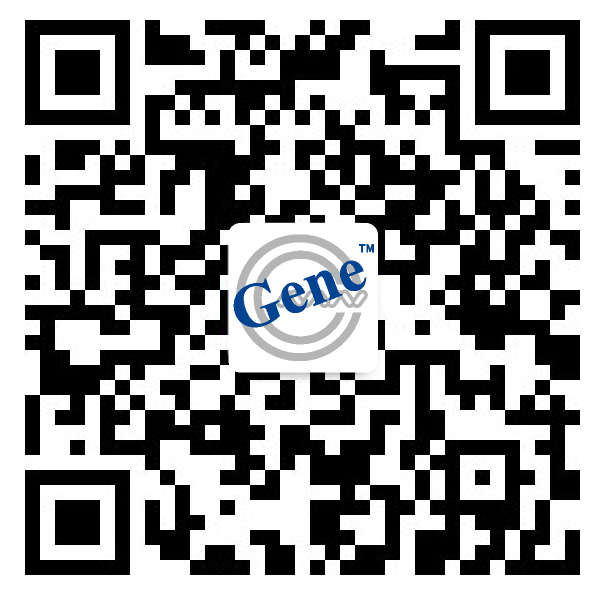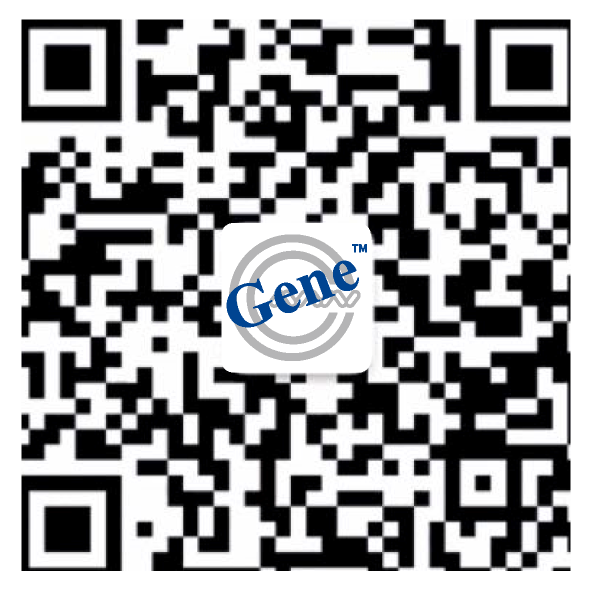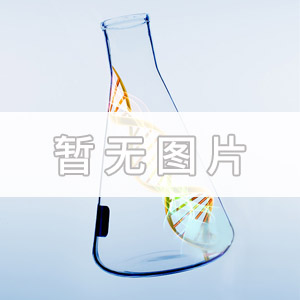详细描述:
Human Vascular Endothelial Growth Factor VEGF-189, a 21 kDa protein consisting of 189 amino acid residues, is produced as a homodimer. VEGF is a polypeptide growth factor and a member of the platelet-derived growth factor family. It is a specific mitogen for vascular endothelial cells and a strong angiogenic factor in vivo. Two high-affinity tyrosine kinase receptors for VEGF189 have been identified, VEGFR-1 (FLT-1), and VEGFR-2(KDR). Consistent with the endothelial cellspecific action of VEGF-189, expression of both receptor genes has been found predominantly but not exclusively on endothelial cells. Expression of VEGFR-1 was also found on human monocytes, neutrophils (PMNs), bovine brain pericytes and villous and extravillous trophoblasts. In addition to its action as a mitogen it is a potent vascular permeability factor (VPF) in vivo. VEGF-165 is also a chemoattractant molecule for monocytes and endothelial cells. Five different proteins are generated by differential splicing: VEGF-121, VEGF-145, VEGF-165, VEGF-189 and VEGF-206. The most abundant form is VEGF-165. Whereas VEGF-121 and VEGF-165 are secreted proteins, VEGF-145, VEGF-189 and VEGF-206 are strongly cell-associated. The isoforms VEGF145, VEGF-165 and VEGF-189 bind to heparin with high affinity. All dimeric forms have similar biological activities but their bioavailability is very different. There is good evidence that there also exist heterodimeric molecules between the different isoforms and that different cells and tissues express different VEGF isoforms. The other members of this increasing growth factor family are VEGF-B, -C, -D and -E. Another member is the Placenta growth factor PlGF.



